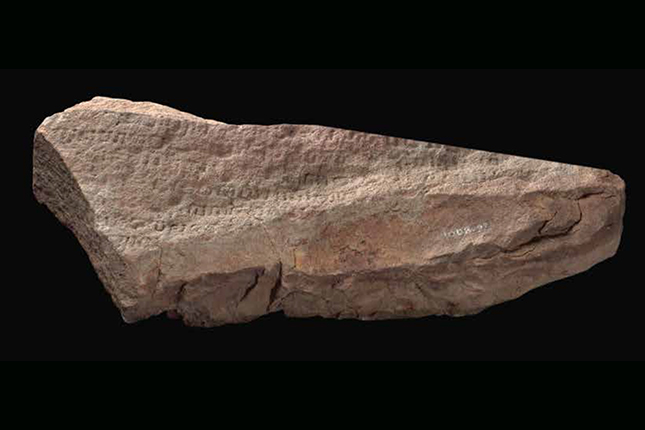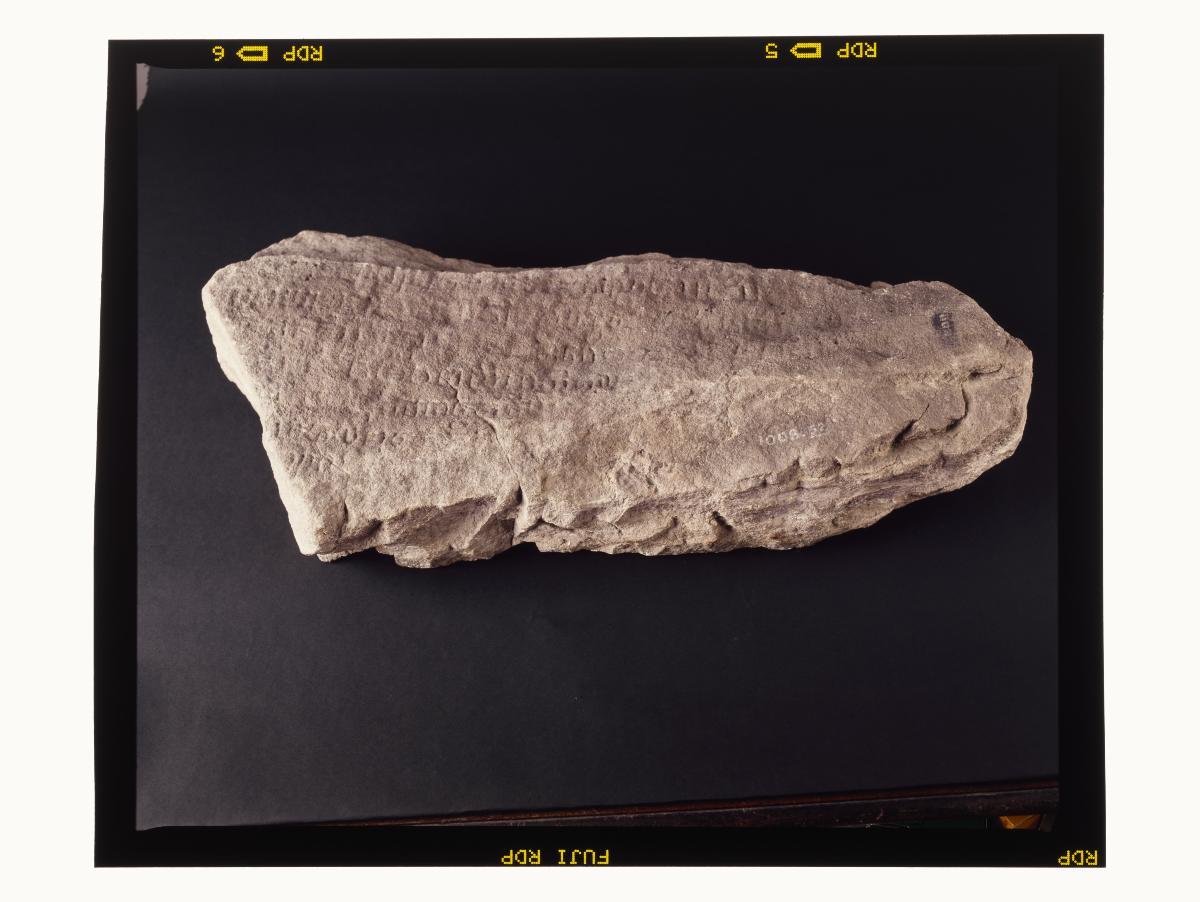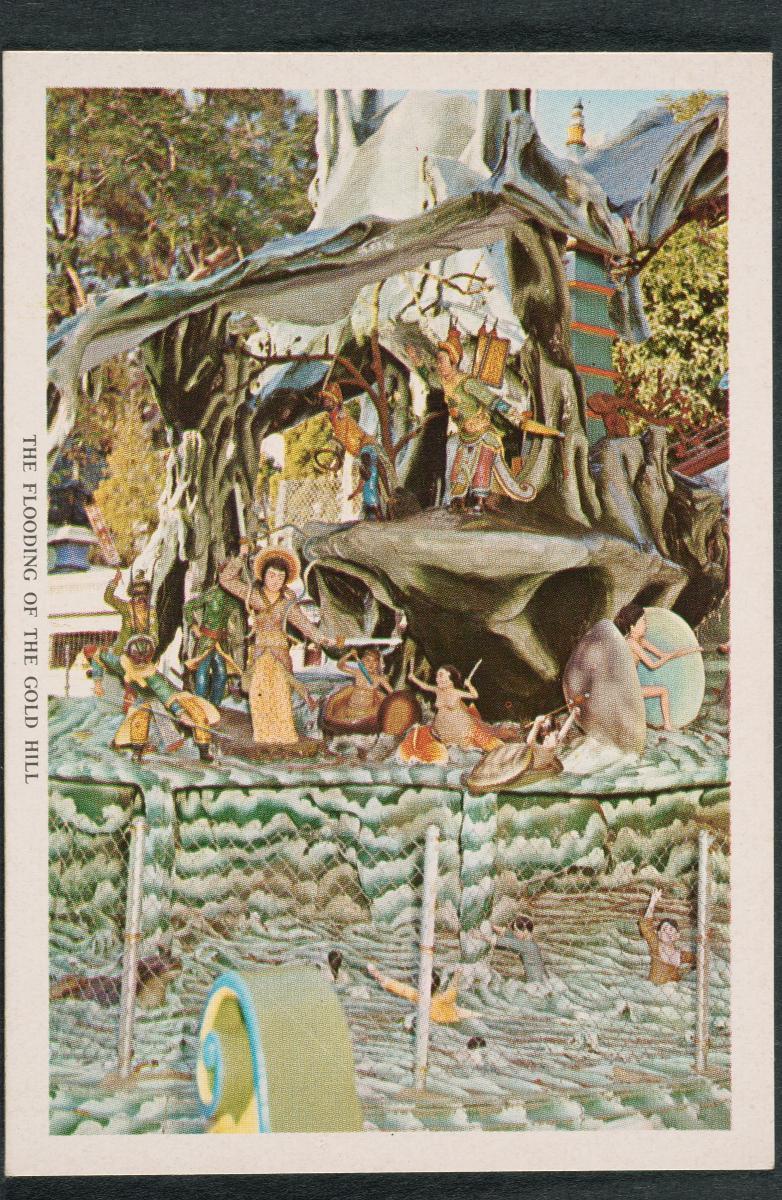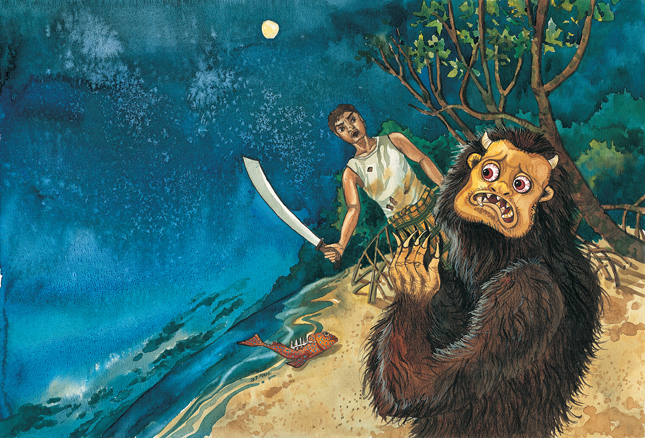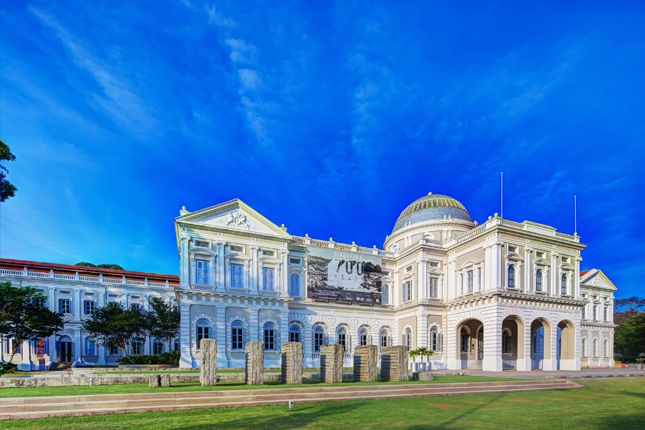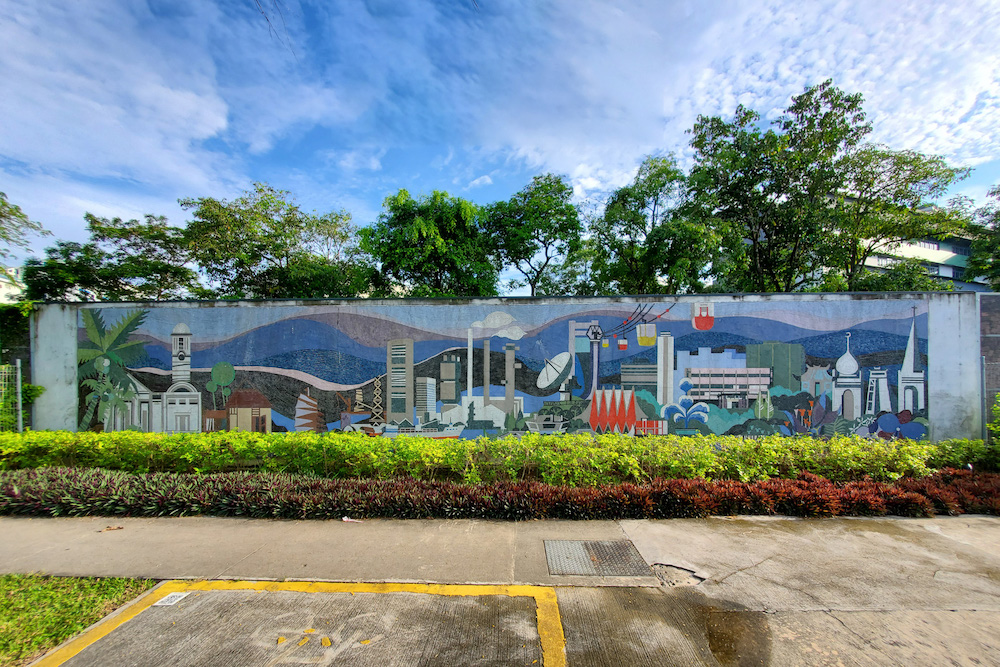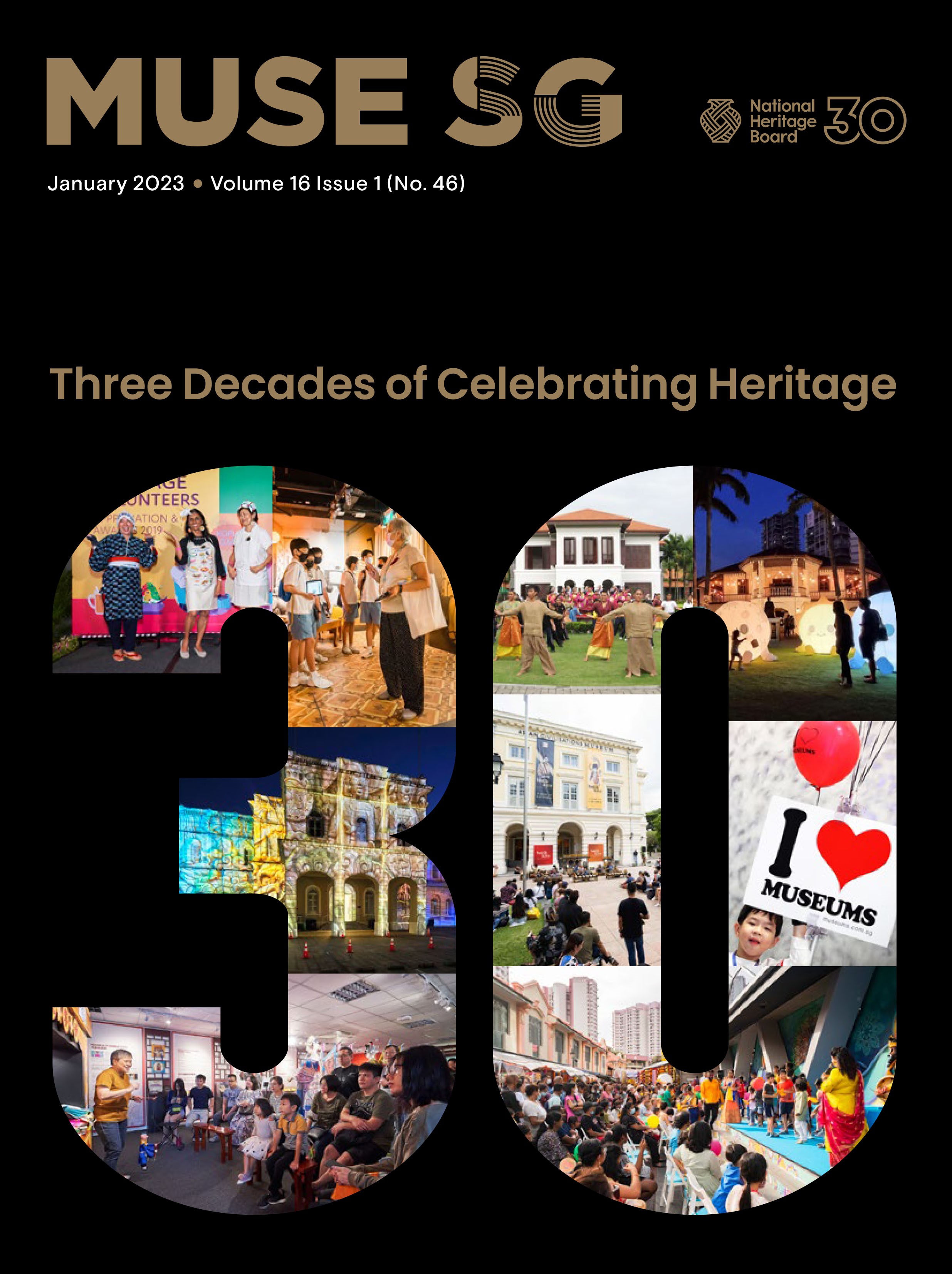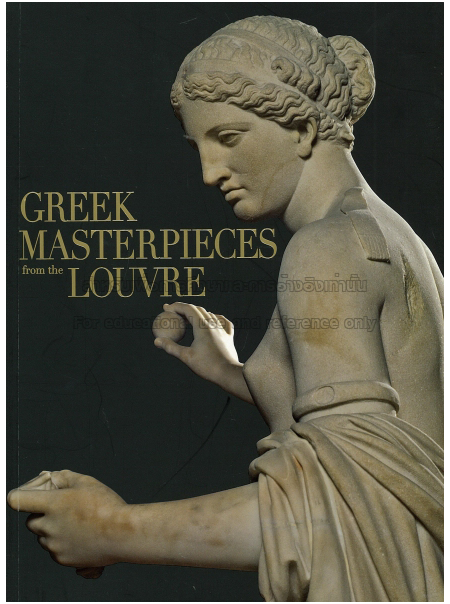Text by Sharon Ng
MuseSG Volume 9 Issue 2 - Apr to Jun 2016
At the heart of the Singapore River sits the myth of the Singapore Stone and strongman Badang, a mysterious legend from Singapore's past found in the Sejarah Melayu (Malay Annals), a chronicle of the Malay courts of Singapore and Melaka from the 14th and 16th centuries.

Most Singaporeans are probably unfamiliar with the story of the Singapore Stone, and I myself was no exception. With the popularisation of Western stories such as fairy tales from the Grimm Brothers, Singapore's rich cultural reservoir of folklore and legends might seem to pale in comparison. They are, however, worthy of holding their own. Many other notable folk stories are also found in the Sejarah Melayu, such as the legend of Bukit Merah, as well as the founding of Singapura by Sang Nila Utama.

Folklore is not only a great source of entertainment, but also provides insight into the culture, traditions, values and even language of the kingdom that called this land home before us. To me, it is fascinating that a physical piece of this nearly five hundred-year-old legend still survives, yet its stories are not already common knowledge to us. They story of the Singapore Stone holds important clues to what life was like in Singapura before Raffles, and allows us to extend our knowledge and appreciation of the very long journey that our island has traversed. The possibility of Singapore having its own local ancient tales worth retelling spurred me to find out more about the myths surrounding this mysterious stone and Badang.
The Strongman Badang
The earliest record of the story of strongman Badang can be found in the Sejarah Melayu, which is still considered a fundamental text of Malay history today.
According to one version of the folklore, Badang was a slave who worked to clear the forest for his owner. One day, Badang caught a genie in his fishing net at the Singapore River and the genie agreed to grant Badang one wish in exchange for his release. Thinking it would help him in his work, Badang asked to be the strongest man in the land. The genie told Badang that he had to eat his vomit if he wanted strength, so Badang ate the genie's vomit and became very strong. He was even able to uproot trees effortlessly.

Badang's immense strength caught the attention of King Seri Rana Wikrama and he was eventually summoned to court and appointed the commander-in-chief of the army. His strength also drew the attention of other regional leaders such as one of the kings in India, who sent his country's own champion, Nadi Bijaya Pikrama, to the Malay Archipelago to compete with Badang. The winner of the duel would be the one who could lift a large rock in front of the palace. Nadi managed to lift the stone up before dropping it. Badang lifted up the stone and flung it towards the Singapore River, where it lay for a very long time and became known as the Singapore Stone.

THE SINGAPORE STONE
The Singapore Stone once stood at the mouth of the Singapore River. The huge sandstone was believed to span three metres in both height and width. One the face of the slab were 50 lines of inscription measuring 1.5 metres in height and 2.1 metres in width. The inscription, which could hold secrets to Singapore's history, is in Kawi script and contains some Sanskrit words, but has not been fully deciphered. The Stone has been dated from the 10th to the 14th century, and is believed to be the oldest record of writing found in Singapore.

In 1843, the British blew up the Stone to build Fort Fullerton and colonial living quarters. Only one of the three fragments of the stone remains, measuring about 74cm in width. This is currently on display at the National Museum of Singapore and will be featured in this year's National Day Parade.
Preserving Our Heritage
The legend of the Singapore Stone serves as a reminder that economic development and modernity does not have to come at the expense of our history. As Singapore steps into the next 50 years of her independence, we write new chapters where heritage and advancement co-exist and complement each other. While the Singapore Stone and the story of Badang still has a fragment that stands testimony to their legacy, we may not be as fortunate regarding other local folklore and traditions. Hence, it is up to us, the people of Singapore, to preserve and pass down these Singapore stories to future generations to better appreciate our history and heritage.




